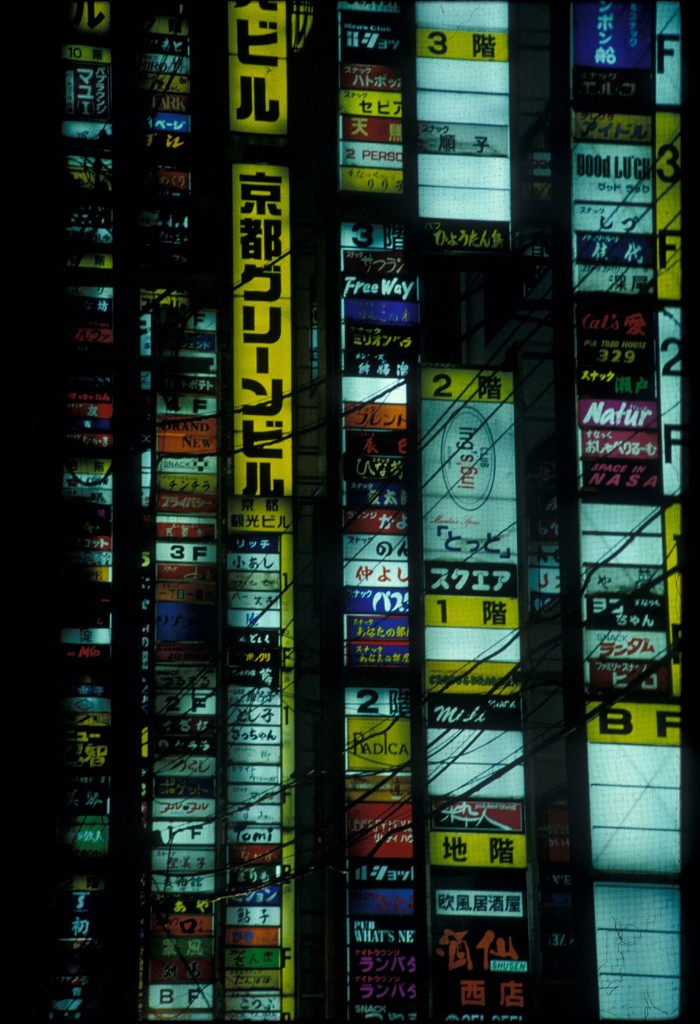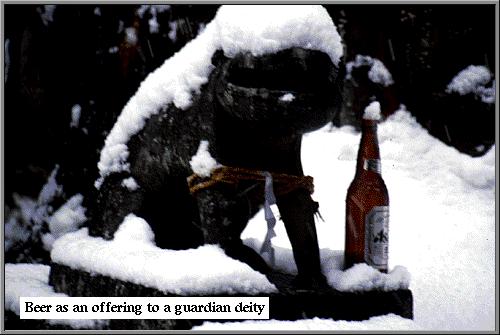
Anyone who visits Japan, especially during the year end celebrations in December and January, will realize that the level of alcohol consumption in Japan is fairly high. The number of happily drunk men, and recently an increasing number of women, on public transport is unmistakable. At many festivals, especially cherry blossom viewing, picnics, and outings, the same is true.
Alcohol is consumed with gusto. This is especially true for men, but with the gradually emerging independence of women, especially the younger ones, their alcohol consumption is growing quickly, as is their tobacco consumption. At the risk of over-simplification and stereotyping, alcohol is generally viewed as a beneficial social lubricant. Sake or rice wine has always had a religious function in the Shinto religion and even Japanese Buddhism has few strictures against alcohol; only some forms of Christianity attempt to eliminate consumption. Some meals commonly require alcohol: sukiyaki seems to demand beer or at least sake, but sashimi or sushi is appropriate for sake or possibly beer, never whiskey. Festivals, being traditional, demand a traditional beverage such as sake, but modern sports like baseball bring out the beer vendors, and the modern night-time scene brings the whiskey drinkers to the snack shops and bars in entertainment districts.
Entertainment, like sports or festivals, is always an occasion for drinking. Since the level of formality in the normal working environment is so high as to inhibit business negotiations to some extent, a great deal of business is accomplished over lunch, dinner, or after dinner drinks, all paid for on the company expense account. An ability to entertain gracefully and to drink competently has become necessary for the successful businessman.

It would appear that alcohol consumption is increasing, not just among women, but men too. The invention of ‘dry’ beer boosted the sales of Asahi beer tremendously; other companies followed suit quickly. But dry beer contains about 10% more alcohol than German-style Japanese beer which already contains considerably more than the bland North American beers, so high sales of dry beer equals higher alcohol intake. It is not uncommon now, with the prevalence of vending machines at every station and along the roadside, to see commuters disembark at their final stop, push some coins through the slot and sip a beer or some sake while walking the final ten minutes to home. Similarly, the sight of a company executive getting into his chauffeur-driven car, flipping on the television and opening a beer from the refrigerator is a sight not seen in more austere times.

The popularity of various beverages fluctuates with fashion. Sake has experienced a long-term difficulty competing with Western alcohol since the level of prosperity rose in the 1960s. Beer, wine and spirits, especially Scotch whiskey, arrived in Japan in the 19th century. Beer brewing was learned at an early date and was soon available at a reasonable price; many a cartoon making fun of country bumpkins trying beer for the first time can be found at the turn of the century. Although there are only a few major producers, popular demand and marketing specialists have made the beer market a difficult one in the past fifteen years; the variety of beers produced has proliferated as has the size of container. The average beer store may stock as many as 400 different choices of domestic beers. Japan is now a heavy importer of the necessities for making whiskey which is similar to Scotch but does not bare that name since it is not produced in Scotland. Whiskey, whether produced in Japan or imported from abroad, is a highly popular drink. Wine has become slowly more popular, but only recently have good wines been produced domestically and usually in small quantities, so Japan relies heavily on imported wines to satisfy this growing market.

